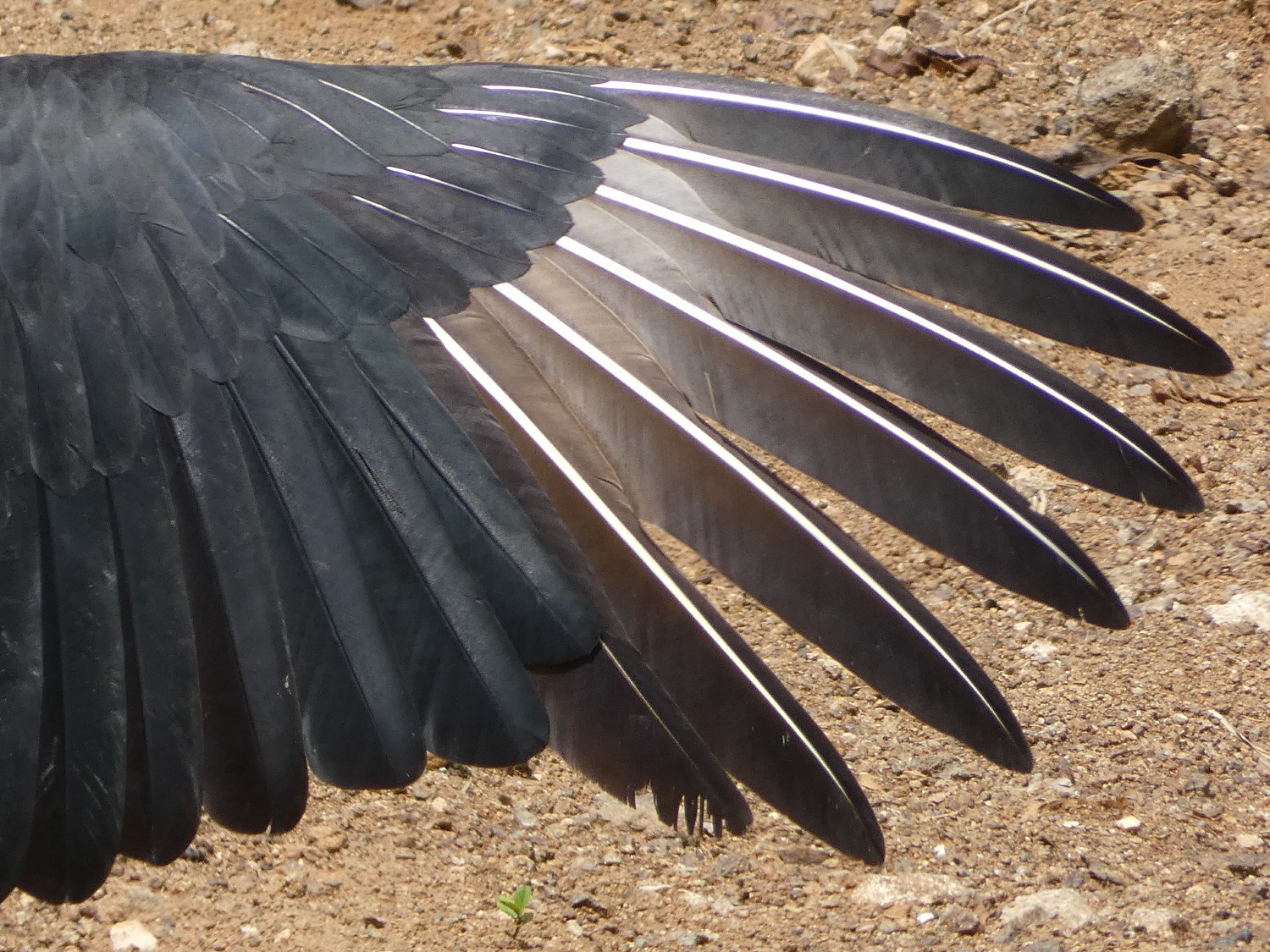Before you go any further...
I've read and accept the Terms of Use and the Privacy Policy.
I accept to receive newsletter and other communications associated with firms of The Explorers Network group'
I accept to receive commercial offers of The Explorers Network partners'.
Thanks!
Vote everyday for your favorite content
SENSITIVE CONTENT
This media contains sensitive content which some people may find disturbing or offensive.
You must be 15 years of age or older to view sensitive content.
Log inBirthday
Content being validated
THE EXPLORERS +
Watch our premium movies
The Explorers + is our premium movie catalog in Ultra High Definition (HD/4K/8K)! Hundreds of videos already available and daily new content on all your devices (web, mobile, tablets, smart TV).
Post content (photo or video) and get 1-month free
OR
Subscribe and support The Explorers Foundation's field actions for biodiversity.

Content being validated
Alas extendidas del buitre negro americano (Coragyps atratus brasiliensis)
1
0
C. a. brasiliensis, nombrado por Charles Lucien Jules Laurent Bonaparte en 1850, es conocido como buitre «negro de América del Sur». Es más pequeño que el C. a. atratus y el C. a. foetens. Las marcas en los costados son más blancas y anchas que en las otras subespecies, y las cubiertas de las alas son más claras que las del C. a. foetens. Se distribuye en América Central y el norte de América del Sur.
Este buitre es frecuentemente visto en posturas con las alas abiertas. Se cree que esta postura cumple con múltiples funciones: secar las alas, calentar el cuerpo, y sobrecalentar las bacterias. Esta misma conducta es exhibida por otros buitres del nuevo y del viejo mundo, así como también por cigüeñas.
Related content

Médias en cours d’exploration

